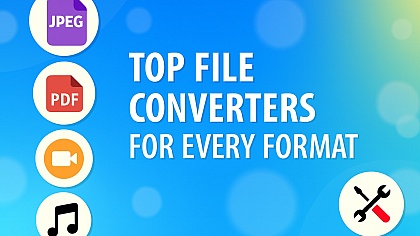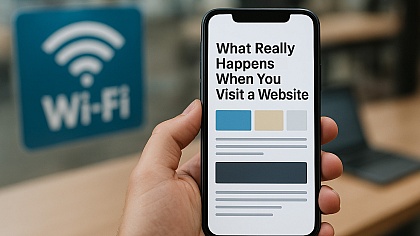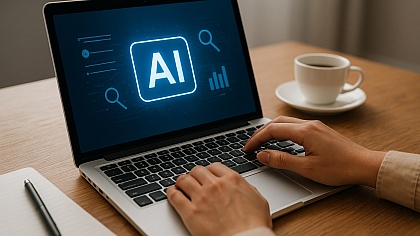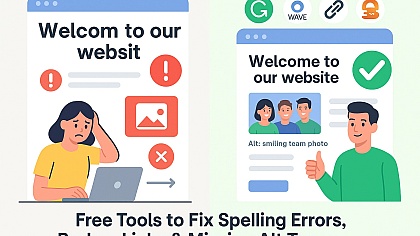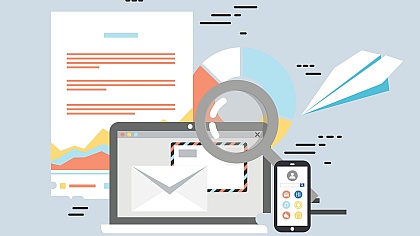Timesheets to AI: Employee Time Tracking Software Evolution
The way businesses track employee hours has changed dramatically over the years. From paper timesheets to sophisticated AI-driven platforms, time tracking software for employees has evolved to meet the demands of modern work. Today, it’s not just about logging hours — it’s about optimizing productivity, improving workflows, and supporting both employees and managers.
The Early Days: Paper Timesheets and Punch Cards
Before digital solutions existed, businesses relied on manual timesheets or punch cards to track work hours. Employees would fill out paper logs daily or weekly, recording start and end times for tasks or shifts. While functional, this method was prone to errors, delays, and inconsistencies.
Managers often spend hours verifying entries, correcting mistakes, and calculating payroll manually. Tracking productivity beyond simple hours was nearly impossible, and there was little insight into how time was actually spent.
In today’s digital landscape, efficient performance and uptime are essential for running advanced time tracking systems, especially those powered by AI and automation. Businesses looking to host their platforms securely and at high speed often turn to dedicated hosting to ensure maximum reliability, performance, and control over their infrastructure. Unlike shared environments, this type of hosting provides exclusive server resources, allowing companies to handle large volumes of real-time data, integrate analytics tools seamlessly, and maintain consistent system performance — all of which are crucial for accurate time tracking and productivity optimization in modern workplaces.
The Digital Shift: Desktop and Cloud Solutions
With the rise of computers and cloud technology, employee time tracking has evolved into digital solutions. Software allowed for automatic time logging, integration with payroll systems, and centralized reporting.
Employees could now clock in and out on computers or mobile devices, and managers could generate real-time reports to monitor attendance and project progress. This shift reduced administrative burdens and provided a more accurate, transparent record of working hours.
Mobile and Remote Tracking
As remote work became more common, the need for time tracking software for employees who worked outside the office grew. Mobile apps and cloud-based platforms allowed employees to log hours from anywhere, while managers could monitor productivity in real-time.
Features such as GPS tracking, task timers, and project-based tracking enabled organizations to maintain oversight without requiring employees to be physically present. This development was crucial for companies with distributed teams, freelancers, or field-based employees.
Integrations and Productivity Insights
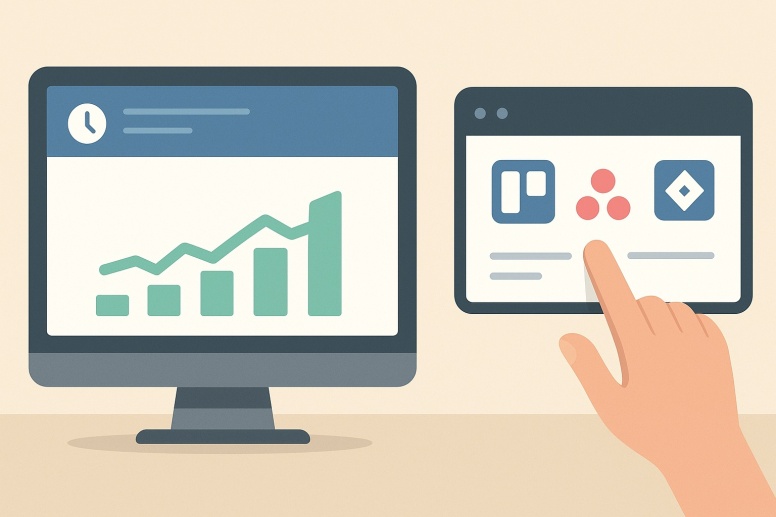
Modern time tracking software doesn’t just record hours — it provides actionable insights. Integration with project management tools like Trello, Jira, or Asana allows managers to link time entries to specific tasks, monitor project progress, and identify bottlenecks.
Analytics dashboards show trends in workload, productivity, and efficiency, enabling companies to make data-driven decisions. Employees also benefit by understanding how their time is spent and identifying areas to optimize their workflow.
The Rise of AI and Automation
The latest evolution in employee time tracking is the incorporation of artificial intelligence. AI-powered platforms can:
- Predict workload bottlenecks before they occur.
- Automatically categorize tasks based on activity patterns.
- Identify inefficiencies or potential burnout risks.
- Suggest workflow improvements to maximize productivity.
By leveraging AI, businesses can move from reactive tracking to proactive management, creating a more efficient and employee-friendly environment.
The Benefits of Modern Time Tracking Software
- Accuracy and Efficiency — Automated tracking reduces errors and saves administrative time.
- Enhanced Productivity — Insights help teams focus on high-value tasks and optimize workflows.
- Employee Empowerment — Workers can track their own time, set goals, and improve self-management.
- Compliance and Payroll — Ensures accurate reporting for payroll and labor law compliance.
- Strategic Decision-Making — Data-driven insights support resource allocation and project planning.
The Human Factor: Balancing Technology with Trust
While AI and automation make time tracking more efficient, it’s important to remember that technology cannot replace human judgment. Modern time tracking software for employees should complement, not control, the work experience. Managers need to balance insights from software with empathy and open communication.
For example, suppose the software identifies that an employee is spending excessive time on certain tasks. In that case, the first step should be a conversation to understand context — maybe the task is unusually complex or the employee is facing unexpected challenges. By combining data-driven insights with human understanding, companies can maintain trust, avoid micromanagement, and foster a culture where employees feel supported rather than surveilled.
This balance ensures that time tracking remains a tool for empowerment, efficiency, and engagement, rather than a source of stress or mistrust.
The journey from paper timesheets to AI-powered time tracking software for employees reflects the changing nature of work itself. What began as a simple method to log hours has become a strategic tool that improves productivity, supports employee well-being, and provides actionable insights for managers.
As technology continues to evolve, time tracking will increasingly integrate with AI, predictive analytics, and workflow automation — helping businesses work smarter, not just longer, while maintaining trust and transparency with their teams.
